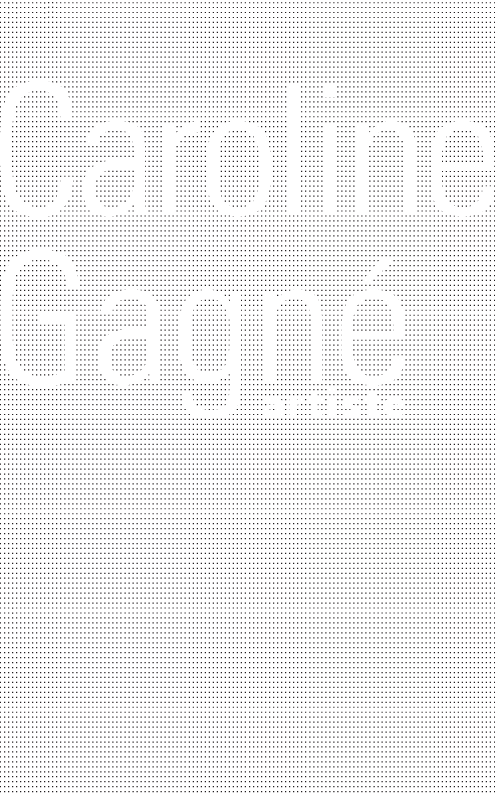
I made a series of field recordings by listening to the sonic particularities of the landscape between my studio and the house of Anne-Marie Proulx
By wearing the headset, the viewer is immersed in a forest, which evolves according to their observational attitude and type of attention they give to it.
Shorelines explores the real and imagined space stretching between the Loire estuary and the Saint Lawrence River.
The noise of a tree branch—which, in the blowing wind, sounded like a bow grazing a metal gangway—was the catalyst for this work.
Two light-weight sculptures holding cones with loudspeakers delicately stand against the horizon.
This installation synchronizes a series of patterns created by geese flying in formation across the sky during their migration with a harmonic and melodic layout automatically played on the piano.
This singular and intimist space is revealed through clues that delicately trace the contours of a past in continuation with the present.
Like so many strange fossils, some heating elements taken from various electric devices are trapped in ice.
Following the images of some ten sets of tracks, the video images of a rising tide wash away the footprints.
Three distinct elements make up this installation located at the hedge of the inside and outside spaces of the Nursing teaching pavilion at the François-Xavier-Garneau College, in Quebec City.
In carrying out this project, I first experimented aboard a 300-meter-long container-carrier ship, the MSC Ilona, during a voyage from Charleston (United States) to Antwerp (Belgium).
We Want Something From You is a practical experiment and group exhibition organized by Richard Ibghy and Marilou Lemmensin collaboration with five Canadian and international artists.
Taking its course is inspired by a cement mold created from a section of a trunk of an ash tree that grows on the banks of the Saint-Charles River.
In this project, the knot appears to encompass opposed notions of subtlety and rigidity.
The implacable constraint of the frame is also underscored by this duplication particularly perceptible at the point where the limits are crossed by the ship in motion.
The passage of individuals close to the space of presentation, which is a constantly changing work of art, shows us how the wear and tear progressively appears on the landscape.
The sound, diffused under the image, becomes the space where the object is vanishing under the waterline.
First they would hear the soft sound of a cargo engine traveling on the St-Lawrence; and secondly, some mysterious and sparse sounds from sea mammals visiting the same area.
I collected sounds outside a few houses on the Îles-de-la-Madeleine, the same houses which helped me create a series of drawings.
This reminds me that the word “solitude” is often mentioned nowadays, even in spite of all the technological progress in the field of communication.
Visitors to the Internet site could see on their screen, following the minutes of their visit, eleven pop-ups (crazy advertising segments), all of them invasive and disorganized.
Over a period of a month, in Victoria Park in Granby, I traced the wear and tear of the ground, in order to copy it in a reflecting material.
For instance, the cartesian planning of our cities versus the reality of our constant moving within the city.